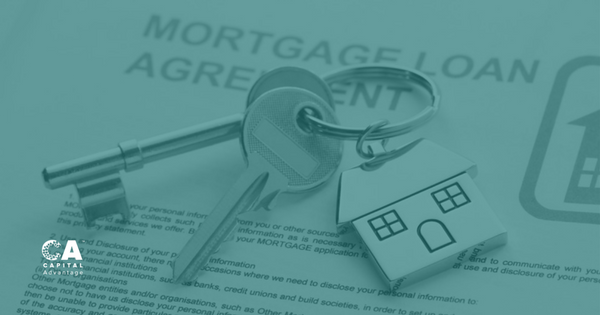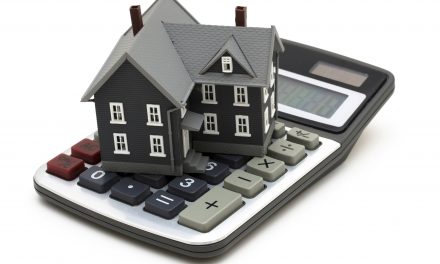If you’re a homebuyer in the real estate market this spring, it’s important to know your mortgage lingo. Two of the most basic and important terms to understand are a mortgage term and amortization. While the term and amortization of your mortgage can be the same, more often than not they’re different. Understanding the difference between the two means you could save yourself thousands of dollars in interest over the life of your mortgage and enjoy mortgage freedom years sooner.
Mortgage Term
Your mortgage term is the period of time you’re guaranteed your contact mortgage rates and conditions with your lender. With fixed rate mortgages, you’re guaranteed the same mortgage rate during your mortgage term. With a variable rate mortgage, although your mortgage rate can change along with prime rate, the spread (difference) between prime rate and your mortgage rate stays the same. The length of a mortgage term typically ranges from six months to 10 years, although the most popular term is five years. Once your mortgage term is up, you have the option of full repaying your mortgage or renewing it.
Normally, the longer your mortgage term, the higher the mortgage rate you’ll pay. In fact, some lenders offer mortgage terms of 10 years, although you’ll pay a mortgage rate premium for a decade of interest rate certainty. Choosing the right mortgage term largely depends on how risk adverse you are and where you see interest rates going. If the thought of higher mortgage rates keep you up at night, you’re probably better off with the safety and security of a five-year mortgage term.
Mortgage Amortization Period
While the mortgage term is the period of time until your mortgage comes up for renewal, the mortgage amortization period is the period of time it takes you to fully repay your mortgage with your current mortgage payment amount and mortgage rate.
There are pros and cons to choosing a shorter versus a longer amortization period. A longer amortization period means your mortgage payment will be lower, but the downside is you’ll end up paying a lot more interest; a shorter amortization period means your mortgage payment will be higher, but you’ll save on interest.
Each time your mortgage comes up for renewal, the amortization period should be shorter (as long as you don’t borrow against the equity in your home with a home equity line of credit). For example, if you’re a first-time homebuyer and your five-year fixed rate mortgage is up for renewal, if you chose a 25 year amortization period, you should only have 20 years left.
Several years ago, you could choose a mortgage amortization periods as long as 40 years. However, ever since the housing correction in the last 2000’s in the U.S., the Canadian government has introduced tighter mortgage rules in Canada.
If you’re a homeowner with a high-ratio mortgage (you make a down payment between 5 per cent and 19.99 per cent), you can only have a maximum amortization period of 25 years, while homeowners with conventional mortgages (20 per cent down payment or greater) can still select a 30 year amortization period in some cases.









